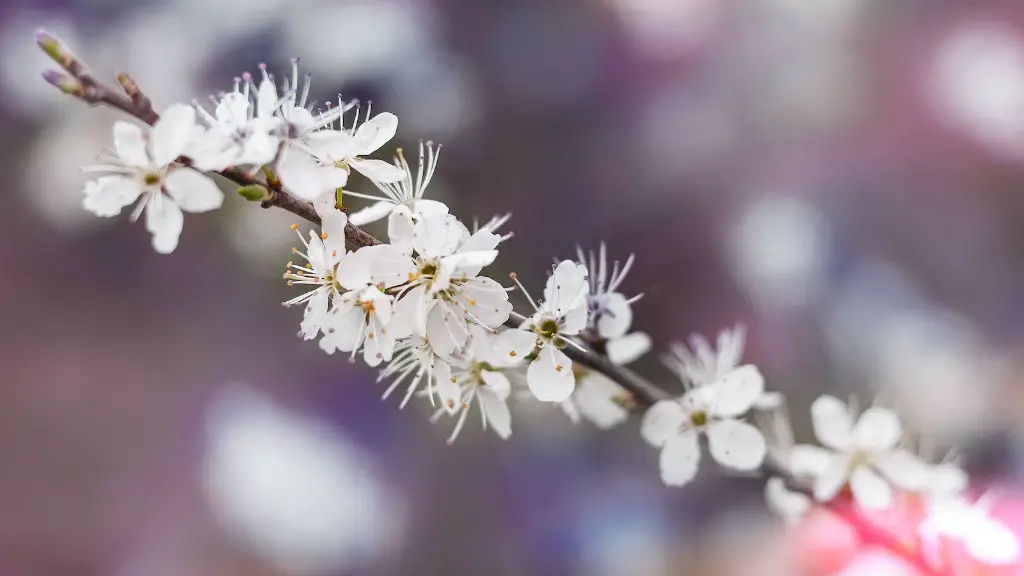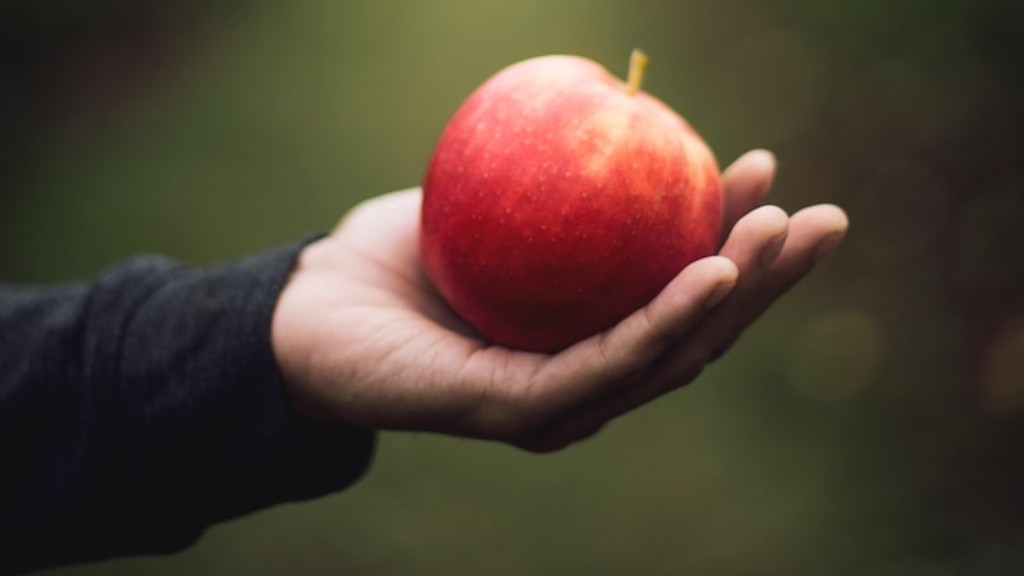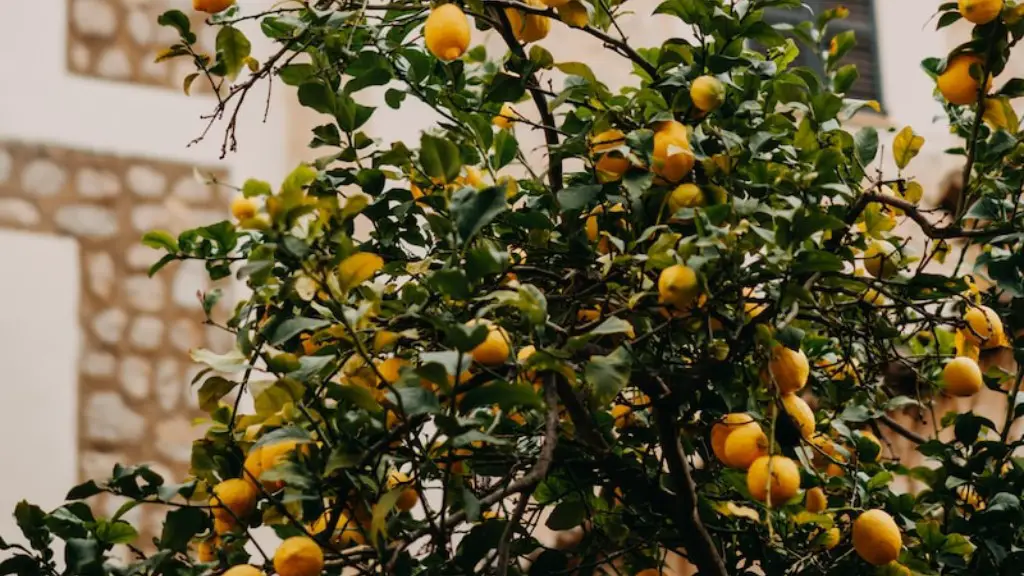Researcher-Recommended Care for Weeping Cherries
Weeping cherries are ornamental trees that are grown for their drooping branches and pretty pink and white flowers. They come in many different varieties, but all weeping cherries require care and attention to thrive. It can be distressing to watch a beloved tree suffer due to age or damage, but with a little bit of knowledge and effort, it is possible to revive a weeping cherry tree.
According to experts, the most important factor when restoring a weeping cherry is to establish a nutrition and water regimen. To do this, a gardener must first prepare the soil. The soil should be loosened around the trunk and mulched, providing nutrients and moisture to the roots of the tree. This is especially important for younger trees as the roots will still be growing and may be vulnerable to drought or insufficient nutrients.
Tree expert Dr. Robert Marshall from the University of Washington Extension suggests feeding the tree annual applications of fertilizer with a slow-release nitrogen. He recommends waiting until the tree has established new branches and leaves before feeding the tree, and then only do it in the spring to avoid placing too much stress on a weakened tree. Additionally, Dr. Marshall advises regular watering, and he recommends avoiding over-watering as it will cause even more stress.
Once the nutrition and hydration of the tree are established, the next step is pruning. Ron Smith, horticulturalist from North Dakota State University, states that careful pruning is paramount when restoring a tree and suggests pruning early in the season before the tree flowers, so the shape of the tree can be preserved.
Although pruning and fertilizing trees may seem like a difficult process, most experts agree that it is an important method for restoring a tree, and with proper care, a healthy, lively weeping cherry tree can be restored.
Monitoring Disease
Once the nutrition and pruning is established, the next step is to monitor the tree for signs of disease. Malfunctioning leaves or branches, as well as discolouration, should be an indicator that further investigation is needed. Root rot is a particularly common type of disease in cherry trees and is caused by many fungi. To spot it, check the leaves and branches of the tree, then look at the roots of the tree in the soil to see if they are black or discoloured.
If a weeping cherry tree has been diagnosed with root rot, it is important to take the necessary steps to treat it. Fungicides are one of the most commonly used treatments, and many can be purchased at garden centres. If a fungicide is used, it is important to read the instructions carefully before beginning, and to follow all instructions for application and safety.
Once the tree is treated, monitoring the affected area is necessary. Even after fungicide treatment, root rot may remain in the soil, and the tree may require additional fungicides in the future. Regular pruning and monitoring will ensure that the tree produces healthy leaves and branches.
Preventative Care for Weeping Cherries
Once a tree is restored, it is important to take preventative steps in order to keep it healthy. Dr. Marshall suggests watering the tree in dry weather and providing adequate nutrition, such as slow-release fertilizer. Loosening the soil around the tree’s trunk and mulching are also important steps.
When it comes to preventing diseases in a weeping cherry tree, one of the most important methods is to practice a preventative spraying program. This means regularly spraying fungicides and insecticides to prevent diseases and pests. The frequency at which spraying is required will vary based on the area, weather, and climate. An extension professional can provide advice on the best practices for spraying.
Excessively wet soil can also cause a number of diseases, such as root rot and canker. Ensuring proper drainage of tree beds is essential in preventing these diseases. Additionally, keeping an eye on the tree’s leaves and branches for signs of disease, damage, or pests will help ensure the tree is healthy.
Protecting from Winter Damage
Weeping cherry trees are moderately hardy and can tolerate cold temperatures, but protecting the tree against strong winds and temperatures during the winter is important. Spraying the tree with an anti-dessicant spray prior to the start of winter will help to prevent excessive stress on the tree. Additionally, wrapping the tree in burlap or mulching around the tree’s base can provide insulation against the elements.
It is also important to avoid heavy pruning during the winter months as this can put the tree into shock. Pruning should be done in the spring and it should be done with caution, as excessive pruning can cause damage to the tree. Additionally, it is important to give the tree time to recover after any significant damage or pruning before attempting to restore the tree.
Are There Diseases Weeping Cherry Trees Are Susceptible To?
The most common disease of cherry trees is a fungal disease known as powdery mildew. This is caused by a fungus that forms powdery patches on the leaves and stems of the tree. It is important to treat powdery mildew early, as it can weaken the tree’s health and sap its vitality. Other common diseases include canker, which is caused by bacteria, and black knot, which is caused by a fungus.
Insects can be a problem for cherry trees. Tent caterpillars, scale, and aphids are all common pests that can damage or weaken a tree. Insecticides applied to the branches of the tree every few weeks can help to prevent pests from infesting a weeping cherry tree.
Local Plant Hardiness Zones
It is important to familiarize oneself with the local plant hardiness zone in order to provide a weeping cherry tree with the best care. The hardiness zone depends on the climate of the area and differs from region to region. It is important to understand the local climate and to make sure the tree is planted in an area that will provide it with the right amount of sunlight and provides a suitable environment for the tree.
Keep in mind that it is also important to consider the specific variety of weeping cherry when applying care. Different varieties may have different needs and be vulnerable to different diseases or pests. The best way to determine the right care for a weeping cherry tree is to seek advice from local experts who are knowledgeable about what grows best in the region.
Conclusion
Reviving a weeping cherry tree can seem daunting, but with the right care and know-how, it is possible to restore a beautiful and healthy tree. Preparation, careful pruning, and prevention methods are some of the most important steps for restoring a weeping cherry. With regular monitoring, proper nutrition, and preventative measures, a weeping cherry can be restored and kept healthy for years to come.




